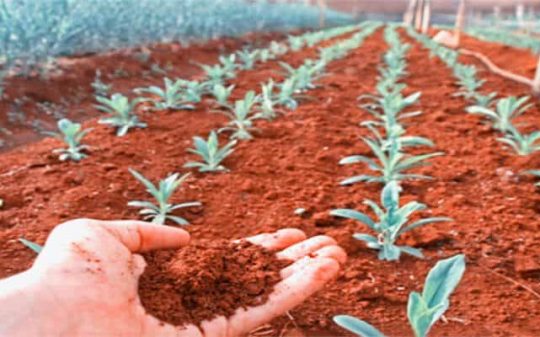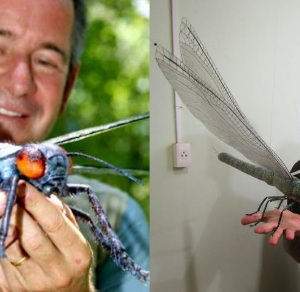Crops grown in Martian soil appear to be as tasty and good for your health as the ones on Earth, acording to a recent experiment which aims to colonize the Red Planet in the near future.
Each day scientists are paving the road to a new world, for the inevitable moment when humanity will have to leave Earth for multiple possible reasons combined: rising temperatures above the habitability levels, melting of the polar ice caps, extreme pollution of the soil and water and the extinction of many animal and vegetal species.
Like it wasn’t obvious, Elon Musk counts among the fully committed minds keen on the idea of colonizing Mars, greatly contributing in this ambitious pursuit with the development of SpaceX.
Mars-One, a dutch company, is also a key element in the bold campaign that will soon establish the first human settlement on Mars. Mars-One is a crowdfunded globally initiative that aims to help relocate every one willing to be part of the finest generation of men to first set foot on Mars. According to their agenda, the first unmanned mission will take place in 2020, followed by the departure of a human crew, starting 2026 every 26 months after the initial crew has launched to Mars.
Scientists have worked on cultivating crops in a controlled environment set in the greenhouses of Wageningen University in Netherlands, experimenting with soil developed in NASA’s laboratories, that mimicked the chemical composition of the soil on Mars. By the end of the research, the scientific team agreed that Martian soil can grow edible crops, fit for a healthy consumption.
In their research, they have combined the inedible parts of an older batch of plants grown in 2013, with soil stimulants, obtaining a decent harvest of ten different crops.
So far, they have successfully grown radishes, peas, rye and tomatoes, having recorded no dangerous levels of heavy metals that would ireversably contaminate the provisions.
The main concern is calculating the exact concentration of cadmium, copper, aluminium, iron, manganese, zinc, arsenic, chrome and lead, of which Mars has abundantly.
The first settlers will feel like home with every taste bud, and will keep their health on an optimal level.
“These remarkable results are very promising,” said senior ecologist Wieger Wamelink. “We can actually eat the radishes, peas, rye and tomatoes, and I am very curious what they will taste like.”
So far, six of the initial ten Martian soil crops had their metal levels verified, obtaining optimal cadmium, copper and lead levels. A generous funding will help carrying the analysis of the remaining 6 sample crops (including potatoes), the scientists will ultimately confirm the possibility of a self-sustaining agriculture in inauspicious environmental conditions.
Researchers don’t limit the experiment to these few vegetables, considering man has needs for a rich diversity in tastes and there are yet many more test crops to be grown, in order to ensure a prosperous and protean lifestyle
Dr. Wamelink said that ‘It’s important to test as many crops as possible, to make sure that settlers on Mars have access to a broad variety of different food sources”.
Being a crowdfunded campaign, Mars-One is making small but confident steps, this year hardly yielding a mere $11,000, which is far from enough, considering the magnitude of this project that has the potential to change the course of humanity. Still, with little money but brilliant minds, the reasearchers have made possible the growth and consumption of vegetables
Whatever our next destination will be, we will depend on the capability of that planet’s soil to grow crops and any other products of our sustenance. We could live in oxygen bubbles until we might alter the new home’s atmosphere to a breathable point, but the very ground we step on must provide the vast fields of manifold crops.
Source:












bullshit. you’re all suckers for a good story.